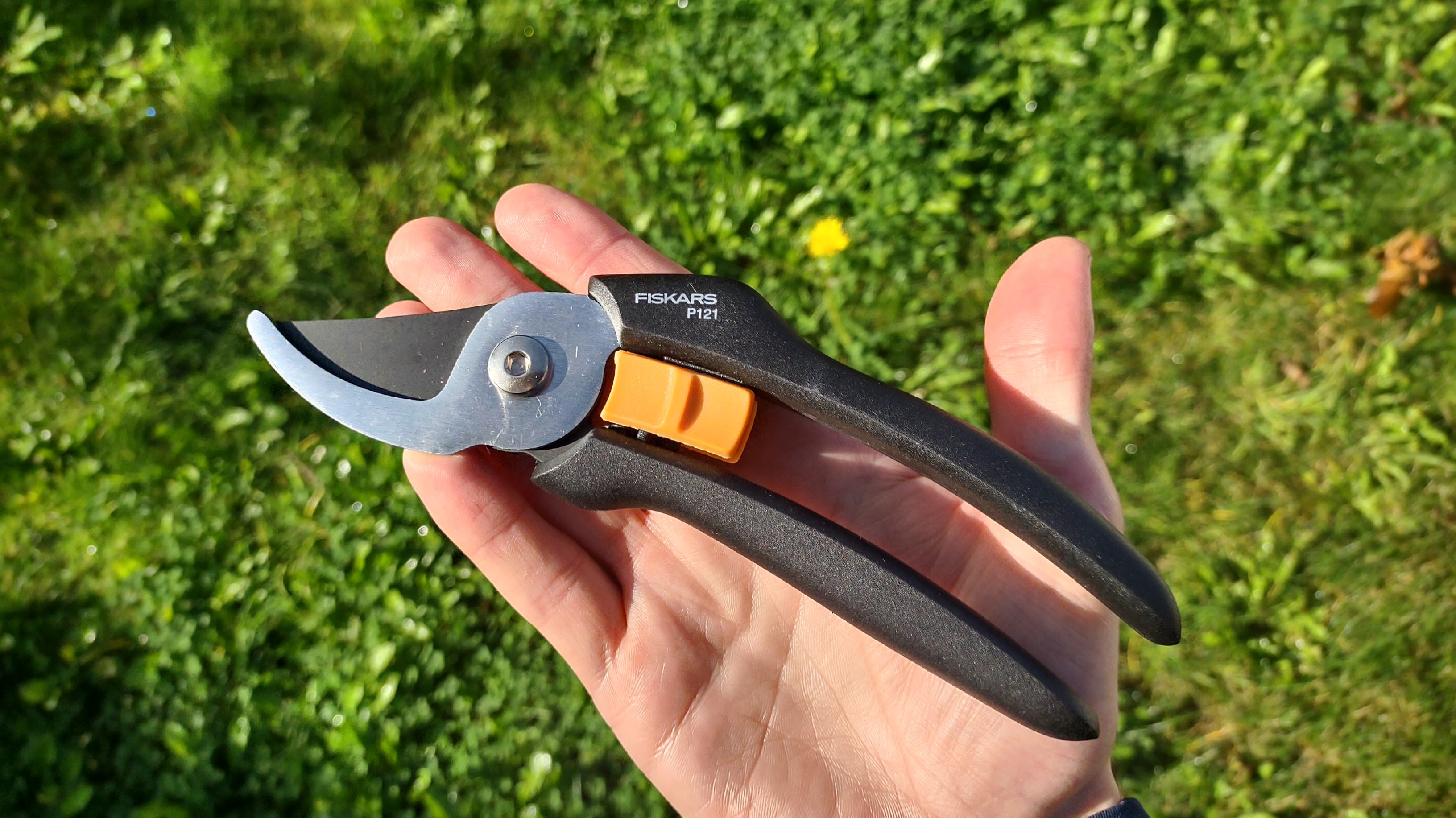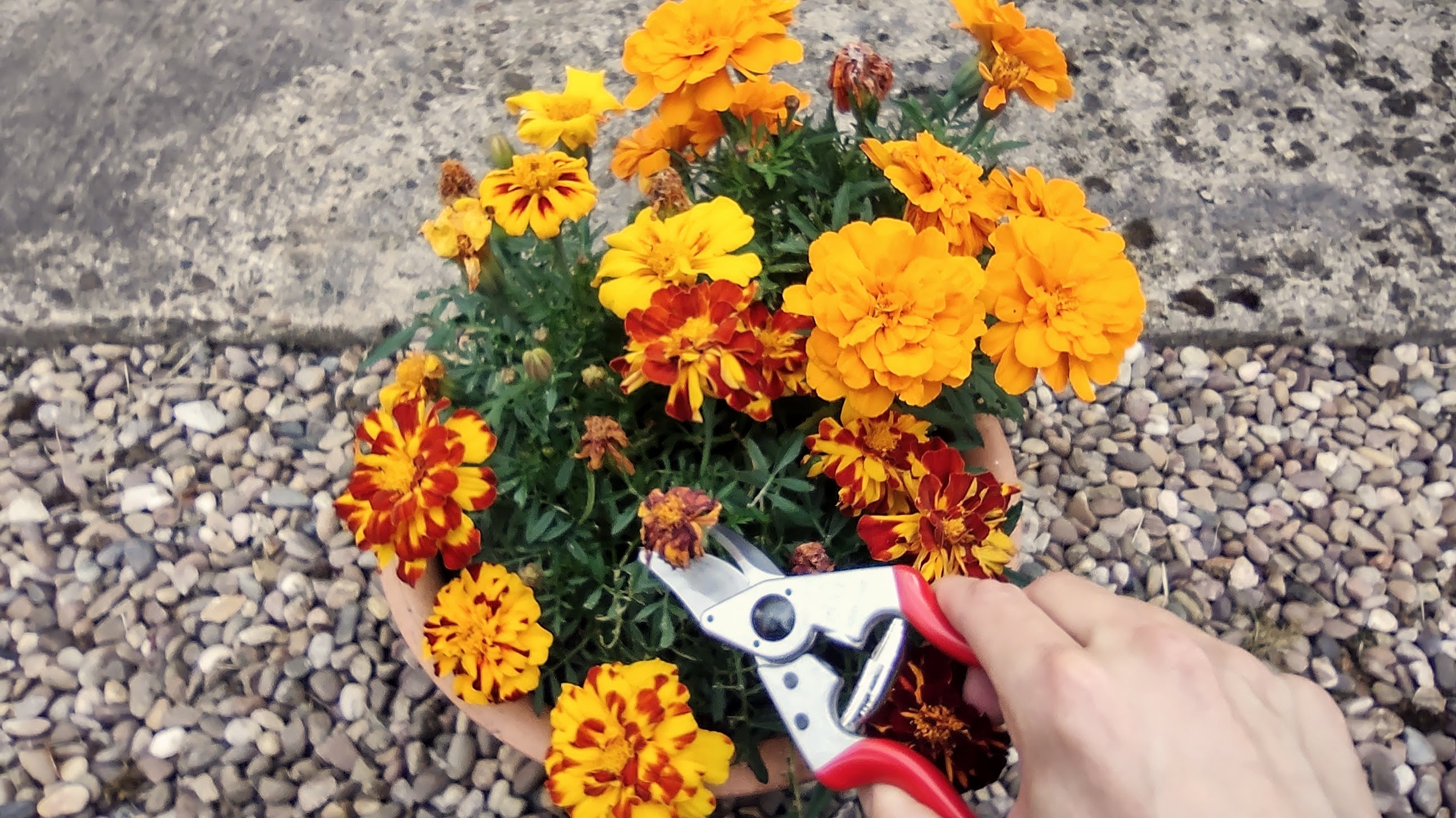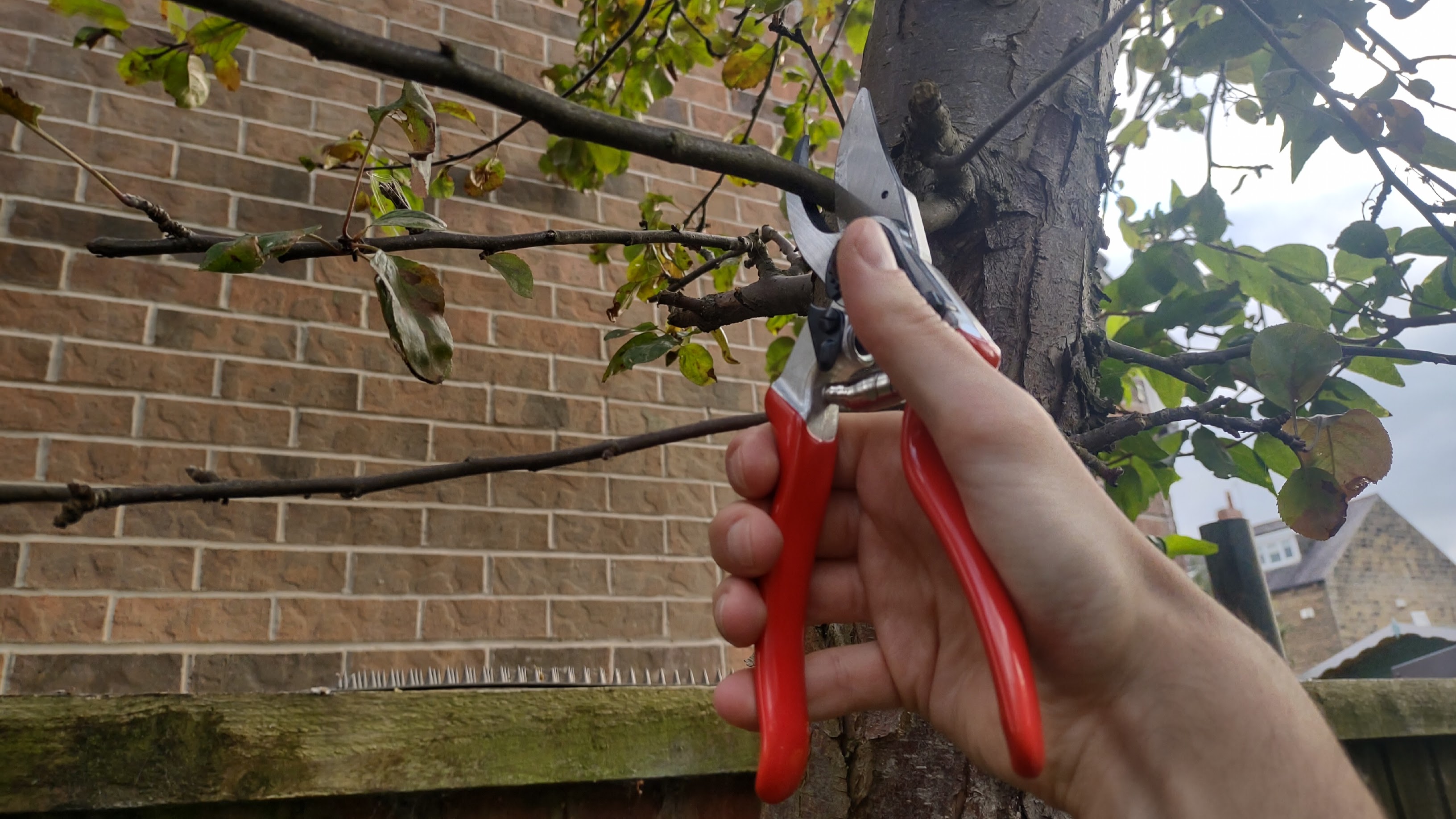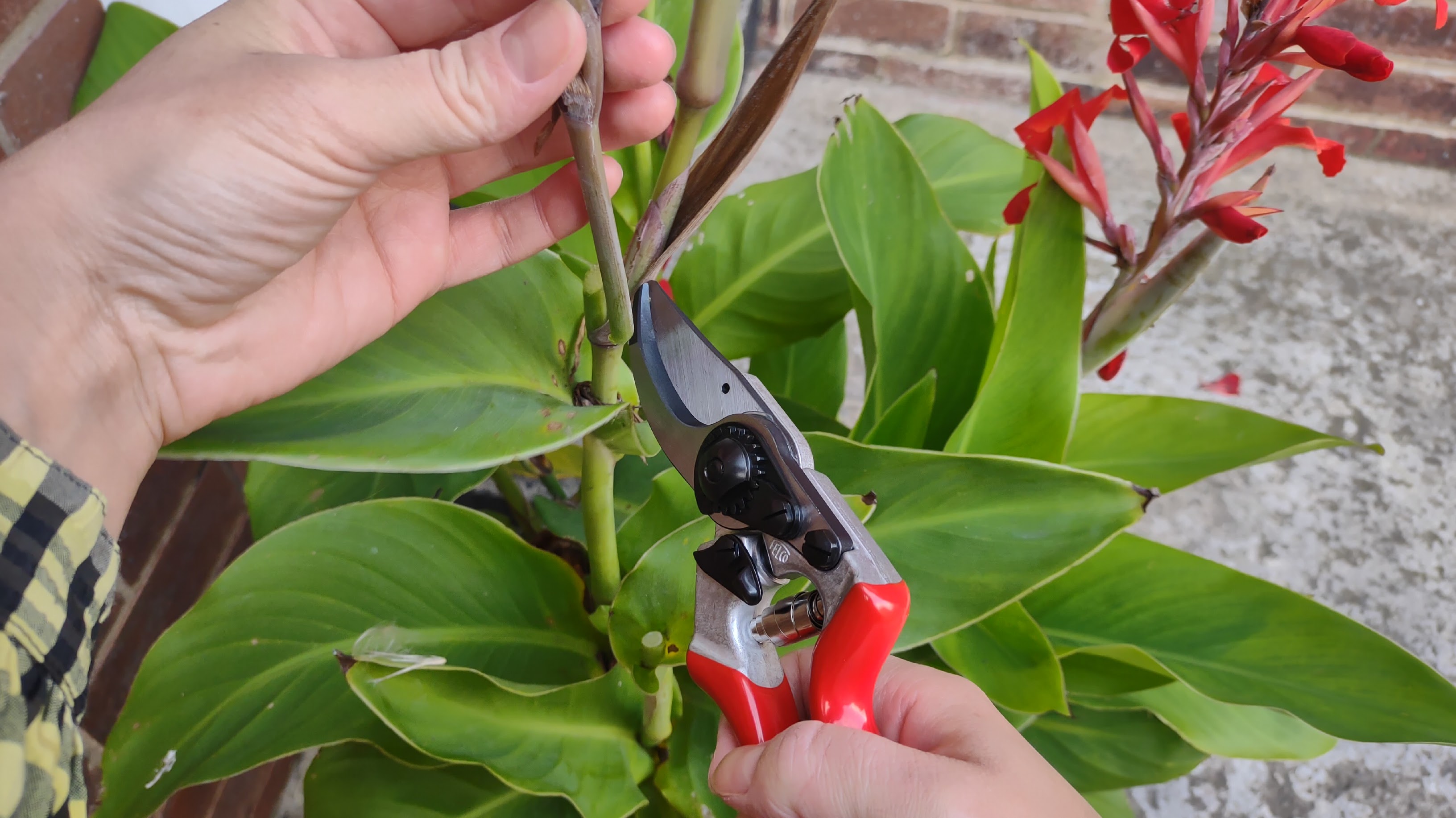
Pruning can do wonders for the health and appearance of plants and trees, encouraging healthy growth while limiting unwanted spread. There are beneficial pruning tasks you can do year-round – so a set of your best pruners should never leave your side for long.
Choosing the right time to prune maximizes the benefits, and allows the plant to continue growing beautifully. On the flipside, pruning at the wrong time is one of the worst pruning mistakes you can make, potentially causing problems such as stunted growth, poor health and limited production of flowers or fruit.
When is the best time to prune?
When to prune a plant or tree is a complex question, as the best timing depends on the goal of pruning and the species of plant. I asked a gardening expert from Henchman – a brand which makes ladders for uneven ground – to weigh in with his tips to help you prune effectively throughout the year.
The time of day when you prune matters less than the time of year. That said, some gardeners prefer to prune in the morning.
There are some advantages to morning pruning. If you’re taking on a big pruning task, such as pruning a tree – or multiple trees – then an early start will give you the best chance of completing the work before it gets dark. I certainly wouldn’t recommend pruning in low light or at night, as mistakes or accidents are likelier when visibility is poor.
Another potential benefit to pruning in the morning is quicker healing. When you prune a plant stem or tree branch, sap leaks from the cut – an effect that’s easy to see in trees with gooey sap, such as maple. Sunlight helps dry the sap throughout the day, which limits the opportunity for the cut to become infected by wet-loving pathogens.
Related: When is the best time of day to mow the lawn?

And soon, we’ll give you some answers on the best time of year to prune – but first, we need to define what you want to achieve by pruning.
Most pruning tasks fall under one of these two categories: if you're wanting to encourage growth, or you would rather prevent growth. Let’s talk through when to prune in the year for each of these purposes.
Pruning to encourage growth
“The ideal time for pruning to encourage growth depends on the type of plant,” says Henchman’s Steve Swanborough.
“However, the best time is usually during winter through to spring, when most plants are in their dormant phase.
“This period allows you to prune without interrupting the plant’s active phase, giving it a fresh start as it enters the growing season,” he says.

Pruning to limit growth
Summer is usually the best time of year to prune a plant or tree if you want to limit growth, or improve the plant’s appearance.
“During the active growing season, pruning helps manage the size of the plant, ensuring it doesn’t become too large or unruly,” says Steve.
“Summer pruning also reduces the plant’s energy reserves, which naturally slows down its development, making it a practical choice for keeping plants under control while still looking their best.”
According to Steve, summer can also be an ideal time to shape hedges and prevent them from growing out of control – so you might want to get out your best hedge trimmer to join the pruning session.

FAQs
Which plants and trees have special pruning needs?
One of the great things about plants and trees is their incredible variety. One of the not-so-great things about that variety is that general rules about pruning will not always apply to the plant you need to prune.
There are many examples of plants and trees that should be pruned at different times of year to most other species, due to factors such as their sap production cycle or vulnerability to cold weather. Some of these outliers include evergreens like choisya and hebe, which should not be pruned in winter; grass plants, the stems of which can be pruned in spring; and late flowering shrubs such as hydrangea that generally should not be pruned in summer.
These are just a few of the many plants and trees that have special pruning needs. If you’re in doubt over when to prune a certain plant or tree, look up guidance specific to that species. It takes a few seconds to search for the right answer, while it can take years to restore a plant or tree to perfect condition after untimely pruning.
When’s the best time to prune a diseased tree or plant?
You can sometimes improve the health of a diseased tree or plant by pruning infected parts, as this often limits the spread of disease and focuses the flow of water and nutrients towards healthy parts.
The best time to prune a plant or tree that’s affected by fungal or bacterial infection is usually during warm, dry weather, because most fungi and bacteria struggle under these conditions (while they flourish in the cold and wet).
If the problem with your tree or plant is being caused by pests, such as beetles or moths, it’s usually best to prune at times of year when the troublesome creatures are dormant, so that you’re not opening up cut parts of the plant to further infestation. That normally means you’ll prune the tree in winter.
With all that said, some diseases progress so quickly that you won’t be able to wait for the ideal season before you prune. If a plant or tree is newly afflicted, you might decide to prune sooner to nip the problem in the bud, so to speak.
What happens when you prune at the wrong time of year?
If done at the wrong time of year, pruning can harm a plant’s health, appearance and productivity.
“Pruning too late in the season, for instance, can remove buds that would have bloomed or fruited the following year, leading to a disappointing harvest or a lack of flowers,” says Steve.
“Additionally, pruning in late fall can leave open wounds that are slow to heal, increasing the plant’s vulnerability to diseases and pests during the winter.
“Furthermore, late pruning can stimulate new growth that doesn’t have time to harden before frost sets in, resulting in damage from cold weather and weakening the plant overall,” he says.
It's also important to choose pruning shears that suits the task at hand. For instance, when comparing anvil pruners vs bypass pruners the latter are generally better than anvil pruners at cutting tender plant stems, while anvil pruners or loppers are usually better at cutting tree branches.







